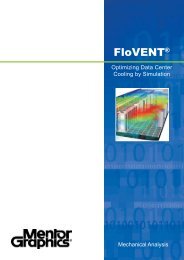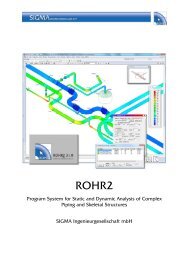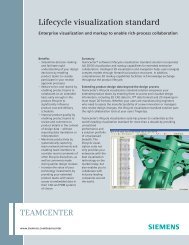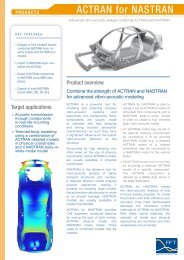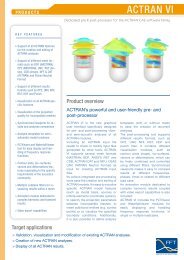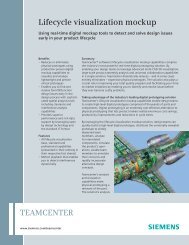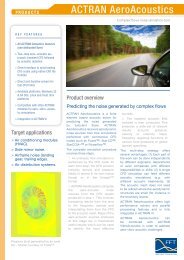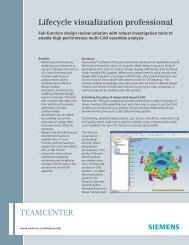2012 Baja SAE Rules
2012 Baja SAE Rules
2012 Baja SAE Rules
You also want an ePaper? Increase the reach of your titles
YUMPU automatically turns print PDFs into web optimized ePapers that Google loves.
Design Finals Presentation – Scoring<br />
The design finals presentation event will be scored based on such categories as<br />
(1) Why your team has the best engineered and executed <strong>Baja</strong> <strong>SAE</strong> vehicle?<br />
(2) What sets your vehicle apart from the others?<br />
(3) What innovations have you made this year?<br />
(4) Engineering – design, analysis, and validation (completing the whole cycle)<br />
(5) The team’s responses to the judge’s questions. The team’s score will be the average of the individual judge’s scores.<br />
Example:<br />
Car #<br />
Min in DF 90<br />
Bonus 1.8<br />
Initial<br />
Score<br />
DF Initial<br />
Score<br />
DF<br />
Rank<br />
DF<br />
Bonus<br />
DF Final<br />
Score<br />
45 99 90 2 5.4 95.4<br />
23 97 90 3 3.6 93.6<br />
10 95 90 1 7.2 97.2<br />
5 93 90 4 1.8 91.8<br />
4 90 90 5 0 90<br />
C3.5 Top Ten Teams – Design Comparison Requirement<br />
Teams with vehicles that finished in a top ten position in any of the previous year’s <strong>Baja</strong> <strong>SAE</strong> competitions are<br />
classified as having created a “successful design”. Teams that created such successful vehicles are required to provide<br />
a comparison of their current design with their previous year’s design even if the current design is entirely new.<br />
C3.5.1 As part of the design event, the judges will evaluate the comparison documentation of the top ten teams. Team<br />
representatives must be present during the comparison to discuss the design changes. If the judges find that the design<br />
changes are (A) not significant, (B) not supported by a detailed analysis, or (C) have not been sufficiently<br />
documented, then a penalty of up to one hundred (100) points may be assessed against the design score.<br />
C3.6 Redesign/Design Comparison Document (new)<br />
The design comparison report must follow the template provided to the teams. The documentation should be a year to<br />
year comparison of the major structure and/or systems of the vehicle and may consist of any, or all, of the following,<br />
supported by appropriate captions: (1) plans, (2) drawings or (3) photographs. Design changes to correct failures of<br />
the previous design should be accompanied by a thorough analysis of why the failure occurred and the theoretical data<br />
supporting the new design, etc.<br />
C3.7 Duplicate Design<br />
Teams are reminded that the objective of <strong>Baja</strong> <strong>SAE</strong> is to provide students with a design challenge that will enhance<br />
their engineering and engineering project management skills. Participating teams must be able to demonstrate their<br />
engineering knowledge either by designing a vehicle from scratch or by making significant changes to a previously<br />
entered vehicle. If a school brings two vehicles that the design judges find to be either identical, or to exhibit only<br />
insignificant differences, then the cars will be treated as a single entry with a duplicate car for parts. In such case only<br />
one car will be evaluated and permitted to compete in the dynamic events.<br />
ARTICLE 4: COST EVENT (NEW SUBMISSION PROCEDURE)<br />
C4.1 Cost consists of two related sections: Cost Report and Prototype Cost. The cost report provides all the background<br />
information to verify the vehicle’s actual cost. The prototype cost is the actual cost and the points and the points related<br />
thereto.<br />
45<br />
© <strong>2012</strong> <strong>SAE</strong> International. All Rights Reserved. Printed in USA. <strong>2012</strong> <strong>Baja</strong> <strong>SAE</strong> <strong>Rules</strong>






